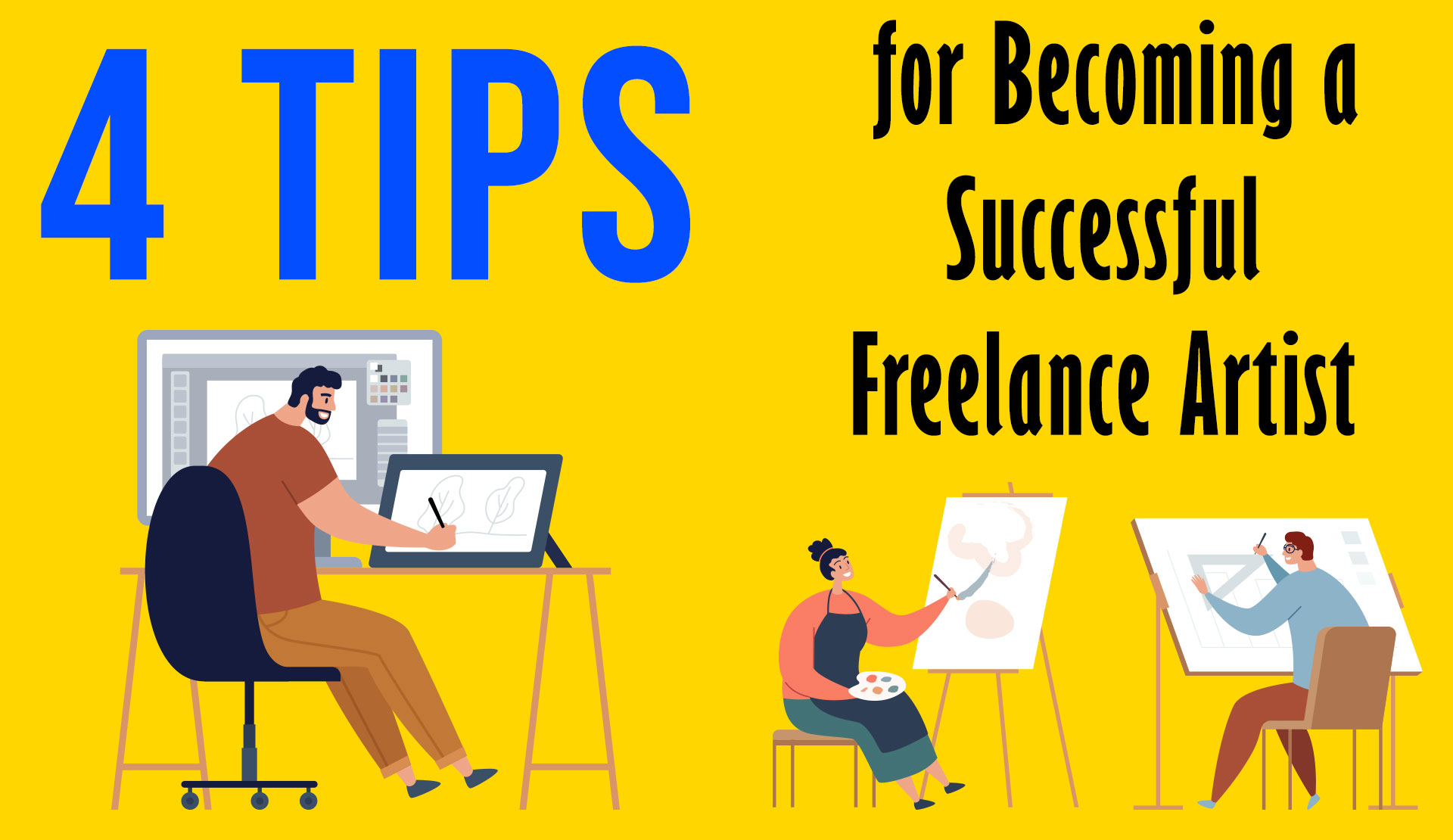
Four things to remember when launching a freelance animation career, one should always have a tight portfolio or demo reel to show only your best work, make contacts in the industry and always follow the application directions the studio or company provides.
According to Forbes, there were approximately 57 million freelancers in the United States in 2019. If the trend continues, that number is expected to increase to 65 million by 2020. Since freelancers do not have guaranteed monthly paychecks, they are under great pressure to keep pace.
1. Make Sure Your Demo Reel and Portfolio Show Your Best Work
There are better strategies than posting every project you have ever worked on. A strong portfolio should contain examples of one’s best work. Ensure your samples are cohesive and relevant to the client you are applying to. Ideally, there should be around 10 to 15 samples, but if you only have five to six strong samples, present only those. Note that most studios will only view the first 10 seconds of your demo reel.
2. Show that You Know How to Take and Follow Direction
Walt Disney’s Application Guidelines include the following tips:
● Keep in mind that we have seconds to evaluate your work, so put your best work first. Eliminate weaker work and always give credit where credit is due. The organization and thoughtfulness represented in your application are sometimes as important as your final work.
● Your submission should represent your skillset and representative process samples such as sketches, grayscale models and works in progress.
● Modelers should include wireframes and turnarounds.
● Riggers should display toolsets.
● Animators should include a variety of physical actions and movements but must include facial animation.
● Look Development artists should include maps, texture paints, and the final look, if applicable.
● Story and Visual Development Artists must present sketchbook samples and finished compositions.
Be sure to format your work to the prospective client/studio specifications and be prepared to deliver files to them in the electronic or hard copy formats required. Part of your application shows that you can follow directions, so pay attention to the fine print as others may not, and this could help you stand out.
3. The importance of Social Media for Freelance Artists
It’s commonplace nowadays to network instinctively and gets your artwork out there with channels like Facebook, Twitter, Instagram , Vimeo, etc. Artists are making a big name just by posting up their work regularly. Even if you’re starting, we recommend setting up an account at one or two of your favourite social platforms and posting regularly (ideally once per week). You will make connections, and you’ll get more and more comfortable putting your work out there as you go. The best part is that you can be the most introverted person and still have a BIG voice in the social landscape.
Oh, and many people get jobs by posting their work regularly, as most artists tend to be down on their work and often, others think it’s outstanding. We’re our own worst critics.
4. Get to Know Other Artists in the Industry
When you land the gig, even remotely, please get to know your team and co-workers and learn more about the organization and how it works. You’d be surprised how many other jobs may be brewing inside and outside the studio that you may get insights into. By being in their network, you can be the first to know about these upcoming opportunities.
As your freelance gig starts to ramp down, a key tip is to ASK your boss or supervisor if other gigs are coming up that you’d be a fit for at their studio. It may sound simple, but as artists, we tend to have difficulty “selling ourselves.” It’s important to know that many people have gotten asked to stay on or receive the next gig BECAUSE they asked. So put yourself out there and give it a try. The worst they could say is, “Not right now,” or better yet, “Not right now, but I know someone looking that I think you’d be a great fit for.”
It’s also a great idea to reach out to people you know who have complementary skill sets and may be working on similar projects, which can help you broaden your network of connections in their companies and organizations.
Join meetups, attend conferences and work on passion projects to develop your skill sets and meet even more people.
Traditional classrooms are confined to rooms and schools. Students must attend classes for a fixed time, regardless of whether they learned and understood the topic. With animated learning modules, topics can be published online, allowing students to learn at their comfort and pace. And, no matter what, keep pushing your art forward.